Part 2 of above article
Adjusting soil pH with amendments
The best way to adjust soil pH (in either direction) is by adding acidic or alkaline soil amendments.
It’s as simple as this: if your soil is too acidic, add something more alkaline to raise the pH. If your soil is too alkaline, add something acidic to lower soil pH.
Acidic soil amendments
Add acidic substances to the soil to lower pH (and increase organic matter in the soil).
The exact pH level of compost varies depending on the contents of the compost and how it was made, but most compost is only slightly acidic. Even though compost won’t move the pH needle drastically, it’s still worth applying to your garden, since compost adds organic matter and improves soil drainage and composition.
If you can find a good source of organic compost, pile it on in a layer about an inch thick. use a broadfork or tiller to turn the compost back into the soil, and watch the soil come back to life.
One of the more acidic soil amendments, Sphagnum peat moss has a pH between 3.0 to 4.5, so a little goes a long way when lowering soil pH. Peat moss adds aeration to compacted soils and its fine texture makes it an excellent seed-starting medium.
Unfortunately, the mining rate at which peat moss is mined from Canadian bogs raises some environmental concerns, and coco coir might be a more sustainable alternative.
It’s recommended to add no more than three ounces of sulfur for each square foot of garden. Of the two different types of sulfur, ferrous sulfate is rich in iron, while aluminum sulfate is a faster-acting soil acidifier. To avoid damaging the soil, always mix sulfur with compost to dilute the presence of heavy metals.
Alkaline soil amendments
These alkaline soil amendments help raise pH levels, making the soil less acidic.
Limestone is the most common alkalizing soil amendment since it’s easy to find and apply over large fields. Limestone amendments to soil come in two forms—calcitic or dolomitic. Dolomitic lime has higher magnesium content, but both types provide calcium and raise soil pH.
Soil experts recommend adding about 40 pounds of lime per 1000 square feet to raise soil pH by one numeral. The only downside of using lime is that it can take a year or more to see results.
Another great option for raising soil pH, wood ash works much faster than lime and is just as easy to find. In addition to alkalizing soil, wood ash contains many other micronutrients: calcium, magnesium, potassium, phosphorus, zinc, and copper.
This common kitchen cabinet staple has a pH of 8.0, so you can use baking soda to make your garden soil more alkaline. Mix one tablespoon of baking soda per one gallon of water and pour the solution into a garden sprayer. Spray the mixture over your garden bed, soaking the soil thoroughly.
Baking soda isn’t an ideal soil amendment for a large garden but can be used in a pinch to raise soil pH levels over small areas.
The common saying, “too much of a good thing is bad,” is true with soil pH, too. Even though plants prefer slightly acidic soil, soil that is overly acidic may actually stunt plant growth by limiting nutrient availability and decreasing the presence of beneficial microbes.
Soil that is too alkaline has a similar effect, so err on the side of caution when amending soil. And always, always wear gloves, safety glasses, and a facemask when handling chemicals!
Soil pH plays a critical role in soil and plant health—fortunately, monitoring it is an easy process.
All you need to test soil pH is
this Soil Tester and time. Autumn is the best time to analyze and adjust soil pH so order yours today and get your soil tested ASAP!


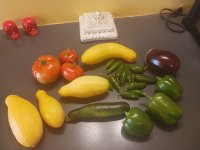
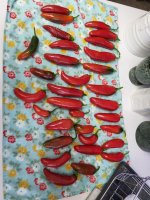
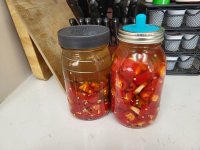

 still delicious though
still delicious though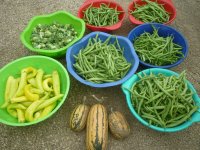










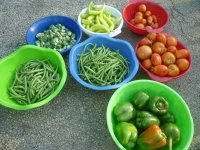





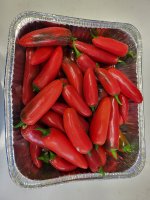
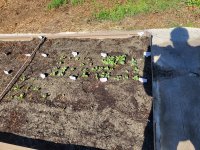
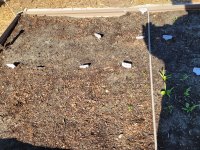

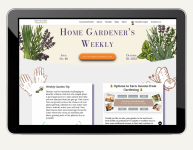










 ....thanks to you, Jimi
....thanks to you, Jimi  It does help balance the daily acids you consume, body PH is more important than people think.
It does help balance the daily acids you consume, body PH is more important than people think.



